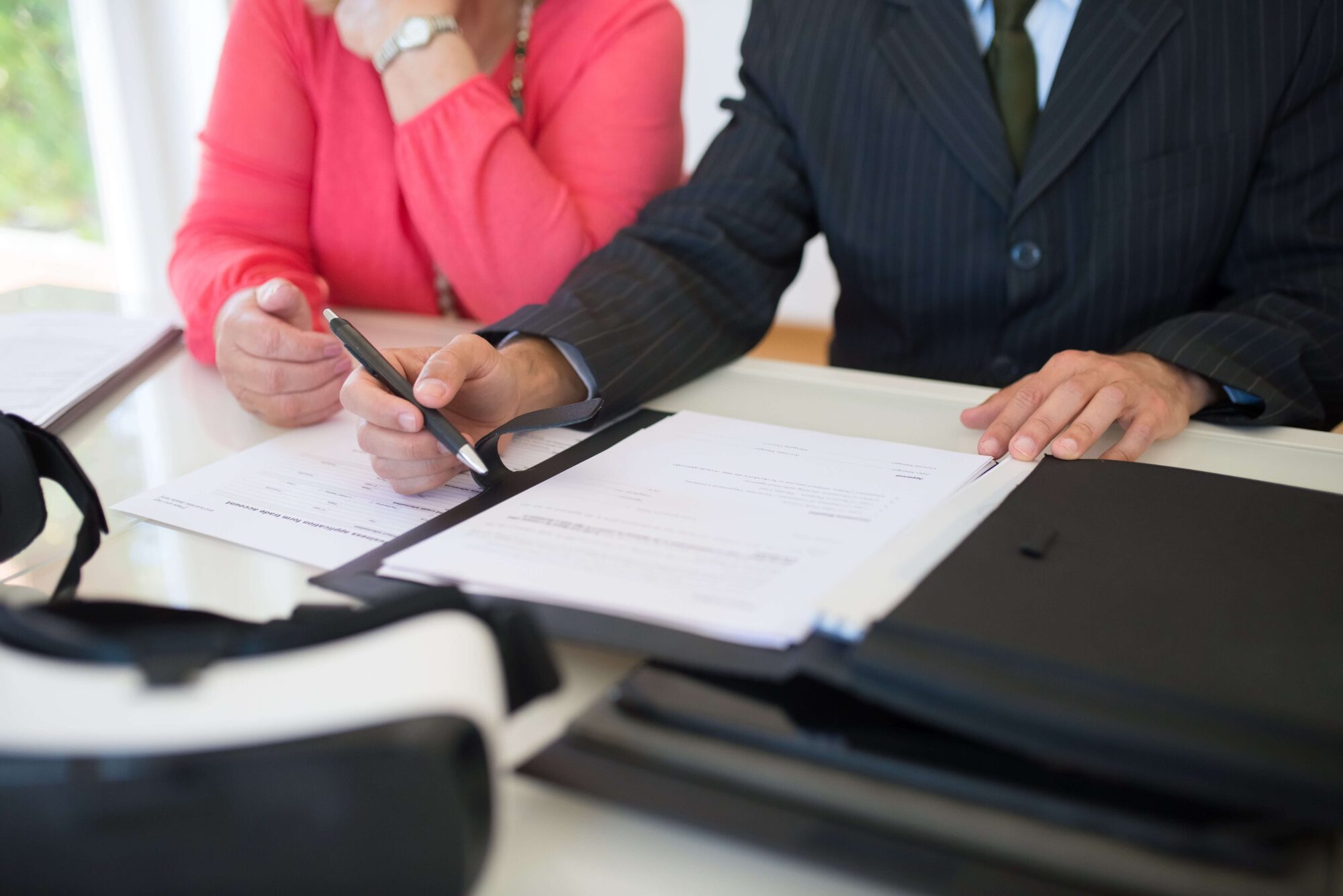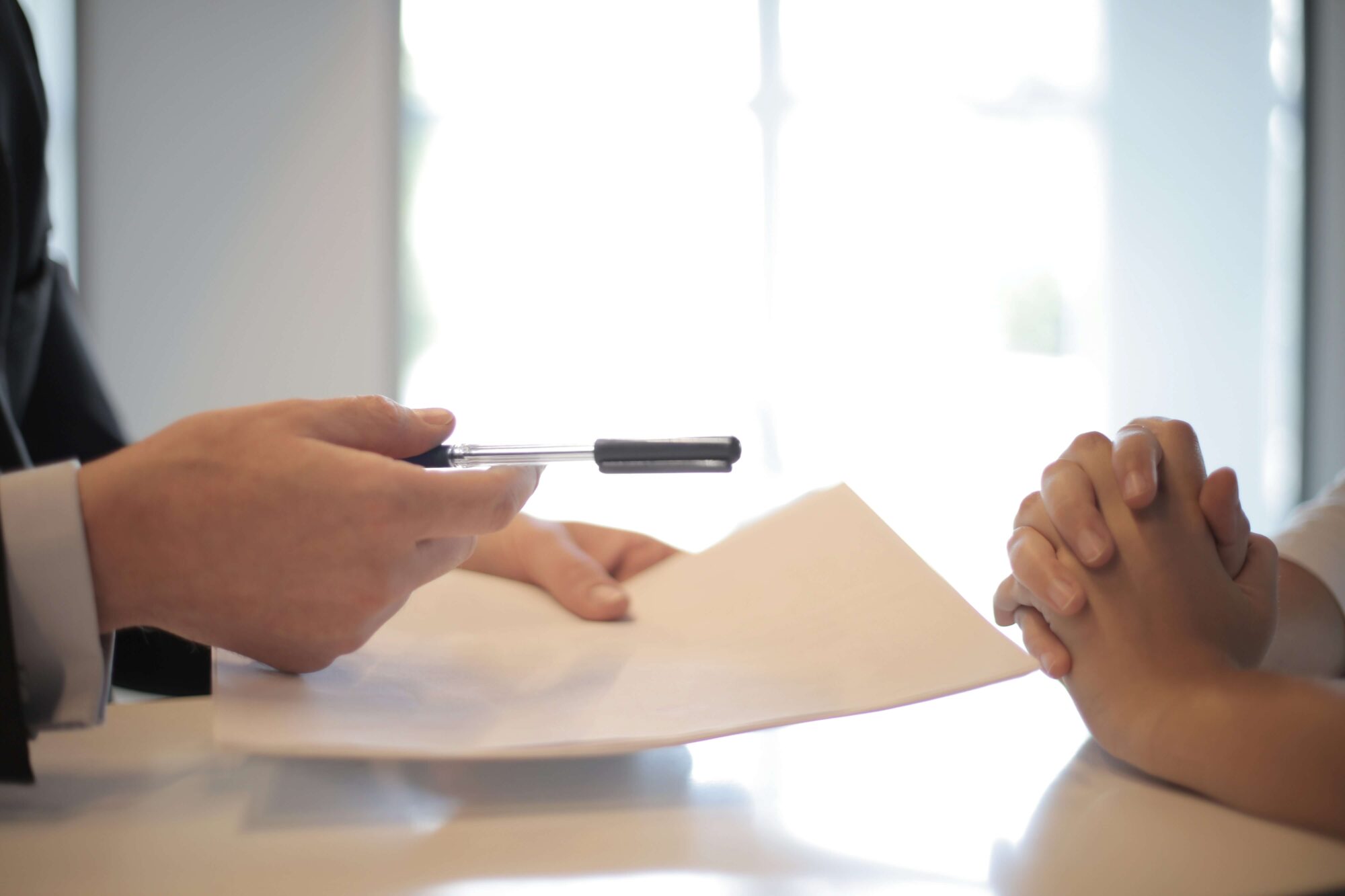A will is an important document that will ensure that your assets are looked after…
Covert Recordings – Admissible as Evidence?
PLEASE NOTE: Information in this article is correct at the time of publication, please contact DFA Law for current advice on older articles.
In Vaughan v London Borough of Lewisham and Others, the Employment Appeal Tribunal (EAT) reaffirmed that whilst the practice of making secret recordings may be regarded as ‘very distasteful’ and a breach of mutual trust and confidence, there are circumstances in which an employee’s evidence gathered in this way will be admissible as evidence in Employment Tribunal (ET) proceedings. How the material is presented will determine whether or not it is accepted.
Ms Vaughan wished to submit 39 hours of recordings she had made of interactions between herself and her employer and her colleagues as evidence in support of various claims to the ET, including disability discrimination, detrimental treatment for having made a protected disclosure and unfair dismissal. The recordings were made on a dictating machine then transferred to Ms Vaughan’s iPod.
It was established in Dogherty v Chairman and Governors of Amwell View School that covert recordings made by an employee are not inadmissible simply because the way in which they were obtained may be regarded as discreditable. After a pre-hearing review, however, the ET refused to admit Ms Vaughan’s recordings as evidence on three grounds. Firstly, she had failed to provide the original tapes, so there was a risk that the recordings could have been tampered with. To overcome this, they would have to be independently transcribed. Secondly, Ms Vaughan had not provided sufficient information regarding the relevance of the recordings to justify their inclusion. Thirdly, the inevitable time spent in reviewing the material and the costs of so doing would be disproportionate.
The EAT was not convinced that it was necessary to have the recordings independently transcribed to ensure their accuracy, nor was it likely that all 39 hours would have to be reviewed as evidence. However, the ET had reached the right decision. It was not possible to form any view of how and in what way the material contained in the recordings was relevant to Ms Vaughan’s claim and, therefore, to assess the admissibility of any evidence they contained. An informed view could not be arrived at without transcripts of the recordings.
The EAT went on to say that it was not implausible that some of the material was potentially relevant and ought to be admitted as evidence in the interests of justice. Were Ms Vaughan to make a more focused and selective application for permission to submit as evidence only those transcripts and tapes on which she wished to rely, she might achieve a different result. Furthermore, in the EAT’s view, the ET should consider such an application if made.



